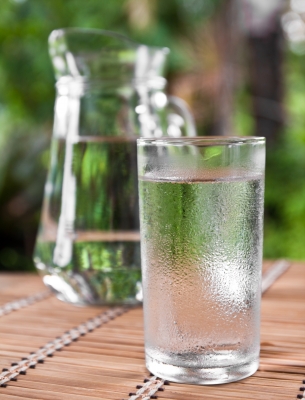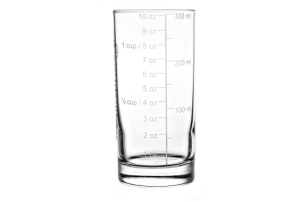Water is the most essential nutrient. How much water do you drink?

When it comes to heart health, what you drink is just as important as what you eat.
Many adults struggle to consume enough fluids daily. A study using NHANES data found adults on average consume about four, 8-ounce glasses (32 fluid ounces) of water daily. The Institute of Medicine recommends approximately 91 ounces daily for women and 125 ounces daily for men. Exact fluid intake needs vary between individuals. Keep in mind these values, 91 and 125 ounces, account for ALL fluid intake throughout the day, not water alone. Fluid needs increase with exercise and hot climates.
Water is the most essential nutrient.
Water is needed for every cell in the human body to function properly. The body is comprised of 50 to 75% water. Water regulates body temperature, cushions and protects our joints and organs, aids in digestion, forms the basis of blood, and is contained in lean muscle, fat, and bone.
Continue reading
Dehydration and Low Blood Pressure
 I realize your bigger concern tends to be how to LOWER high blood pressure, but today I want to touch on the reverse so you are aware of this potential problem.
I realize your bigger concern tends to be how to LOWER high blood pressure, but today I want to touch on the reverse so you are aware of this potential problem.
Low blood pressure, also known as hypotension, is when your blood pressure drops below 90 mm Hg systolic (top number) or 60 mm Hg diastolic (bottom number).
If your blood pressure is normally on the low side, it’s not a concern as long as you are not experiencing symptoms associated with low blood pressure. Symptoms include:
Dizziness
Fainting
Lack of concentration
Fatigue
Nausea
Blurred vision
Rapid, shallow breathing
If you are experiencing these symptoms, you need to take action to correct and prevent blood pressure from dropping too low.



